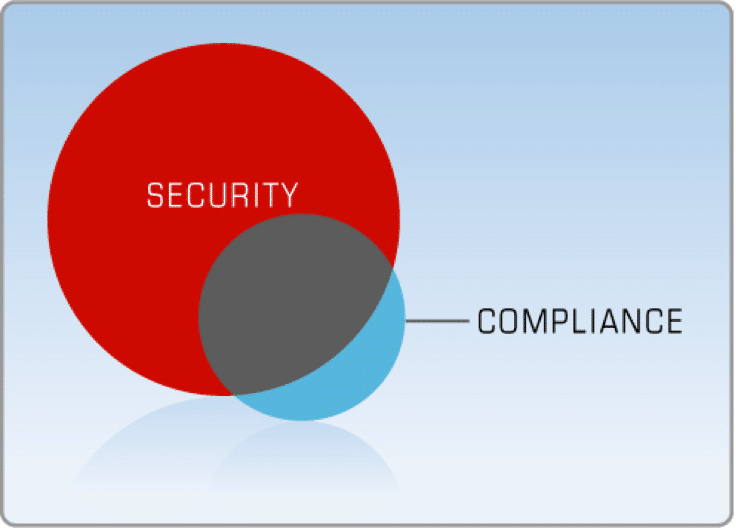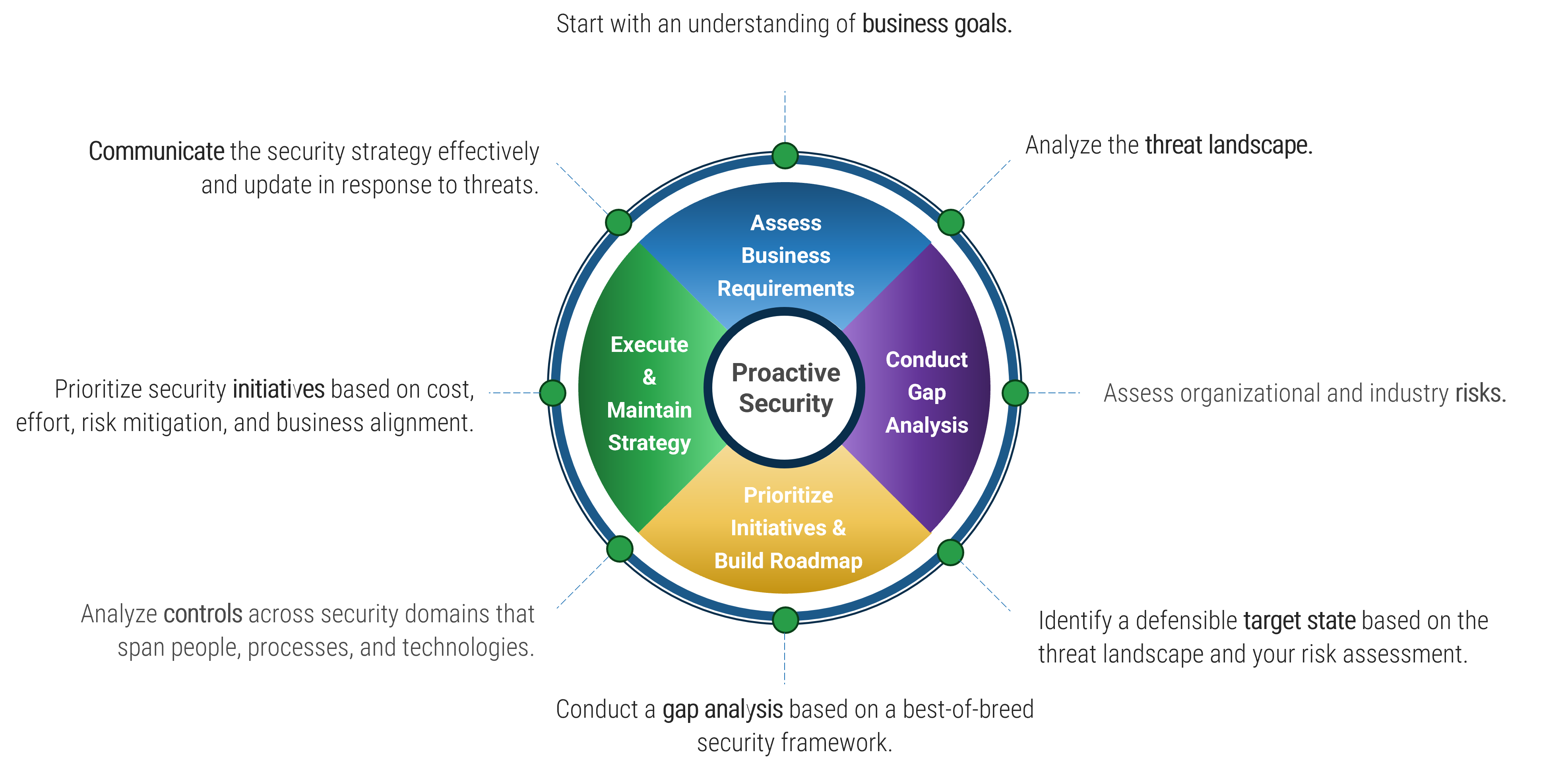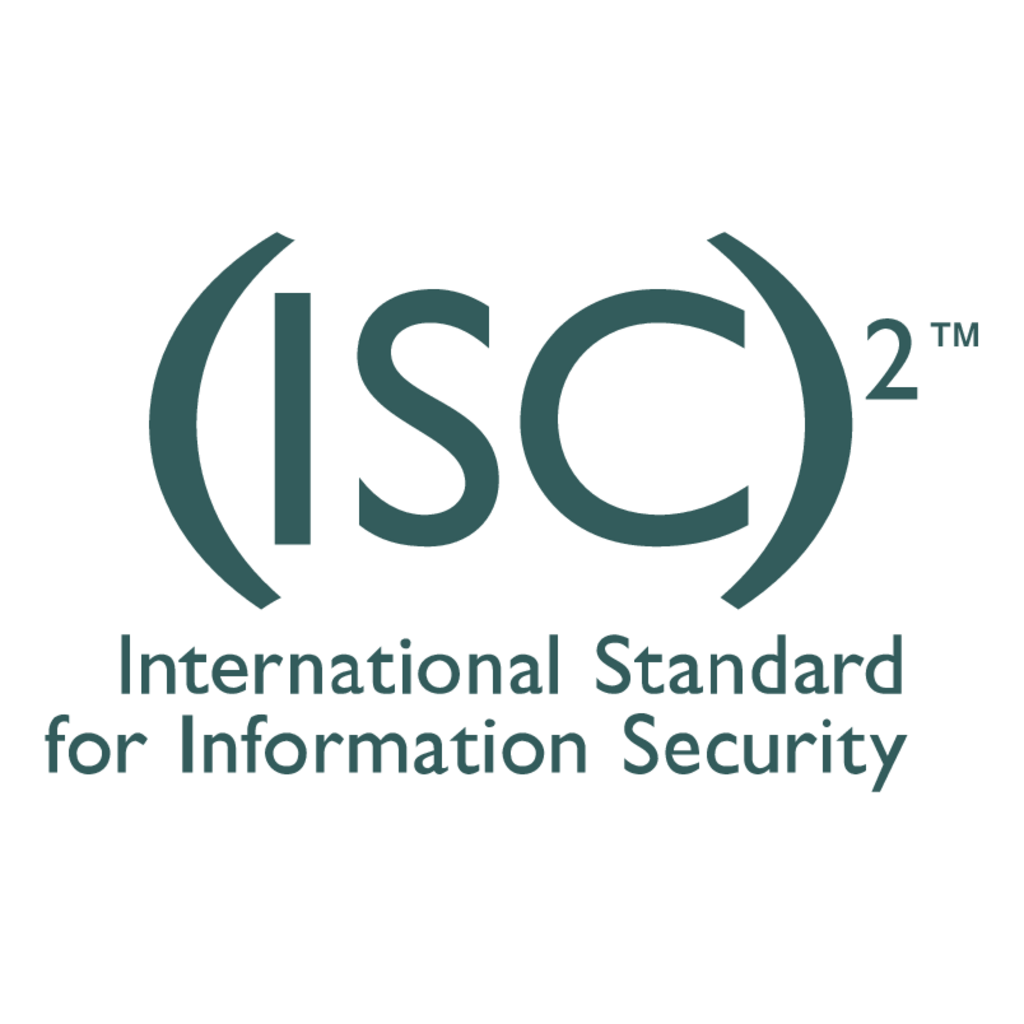
In today’s rapidly evolving cyber landscape, many orIn today’s rapidly evolving cyber landscape, many organizations rely on compliance-based risk management to guide their security efforts. While compliance with regulations like GDPR, HIPAA, or PCI DSS is critical, relying solely on this approach can leave your organization exposed to significant threats. Here’s why:anizations rely on compliance-based risk management to guide their security efforts. While compliance with regulations like GDPR, HIPAA, or PCI DSS is critical, relying solely on this approach can leave your organization exposed to significant threats. Here’s why:
Compliance Is Reactive, Not Proactive
Regulatory standards often address risks after they’ve become widespread, meaning they don’t anticipate emerging threats. By focusing only on compliance, companies can fall behind on addressing newer vulnerabilities, putting them at risk of evolving cyberattacks.
Compliance Sets the Minimum Bar for Security
Regulations provide a baseline of security, not a comprehensive defense. Meeting the minimum requirements doesn’t ensure protection against advanced threats or industry-specific risks. A compliance-based approach can lead to gaps in your security strategy.
Compliance ≠ Security

Achieving compliance can give organizations a false sense of security. Just because you meet legal standards doesn’t mean you’re protected from all cyber risks. Cybercriminals exploit this, targeting organizations that focus more on ticking boxes than building robust defenses.
Lack of Flexibility and Adaptability
Cyber threats evolve rapidly, but compliance regulations can be rigid and slow to adapt. A compliance-based approach may fail to address specific vulnerabilities unique to your organization, leading to potential blind spots in your risk management strategy.
Chasing compliance can be resource-intensive. Companies may spend significant time, budget, and manpower on meeting regulatory requirements at the expense of other critical security initiatives. This can result in misaligned priorities that don’t address broader business risks.
The Solution: Risk-Based, Proactive Security

While compliance is essential, it should be the starting point, not the goal. Organizations need to adopt a risk-based approach, focusing on identifying, assessing, and mitigating risks unique to their environment. By going beyond compliance, you ensure a more comprehensive, proactive, and flexible cybersecurity strategy that aligns with your business needs.
For more detailed information, you can refer to the following sources:
Final Thoughts:
Compliance helps, but it won’t save you from every threat. Security requires a holistic approach, one that continuously adapts, evolves, and integrates both regulatory requirements and risk management tailored to your organization’s needs.












